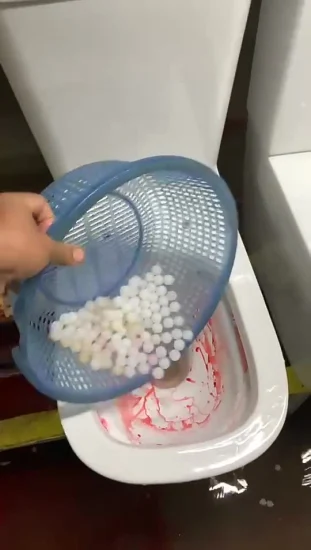Is it Appropriate to Flush Food Down the Toilet?
Call TodayWe have stumbled upon this post pertaining to Think Twice Before Flushing Food Down Your Toilet down the page on the internet and believe it made perfect sense to relate it with you on this site.

Introduction
Lots of people are frequently confronted with the problem of what to do with food waste, specifically when it comes to leftovers or scraps. One common inquiry that develops is whether it's fine to purge food down the commode. In this post, we'll explore the reasons people may think about purging food, the effects of doing so, and alternate methods for appropriate disposal.
Reasons that people could consider flushing food
Lack of recognition
Some people may not understand the possible injury caused by purging food down the toilet. They might wrongly believe that it's a safe method.
Comfort
Flushing food down the toilet may look like a quick and very easy service to dealing with unwanted scraps, specifically when there's no neighboring trash can available.
Idleness
In many cases, people may merely select to flush food out of large laziness, without taking into consideration the repercussions of their activities.
Consequences of flushing food down the bathroom
Ecological impact
Food waste that ends up in waterways can contribute to contamination and injury aquatic environments. In addition, the water made use of to purge food can stress water sources.
Plumbing problems
Flushing food can result in blocked pipes and drains, creating pricey pipes fixings and inconveniences.
Types of food that ought to not be purged
Fibrous foods
Foods with coarse appearances such as celery or corn husks can get tangled in pipelines and trigger clogs.
Starchy foods
Starchy foods like pasta and rice can absorb water and swell, bring about clogs in pipes.
Oils and fats
Greasy foods like bacon or food preparation oils need to never ever be flushed down the bathroom as they can strengthen and create clogs.
Appropriate disposal methods for food waste
Utilizing a garbage disposal
For homes geared up with waste disposal unit, food scraps can be ground up and purged through the pipes system. However, not all foods are suitable for disposal in this manner.
Recycling
Specific food packaging materials can be recycled, lowering waste and minimizing ecological influence.
Composting
Composting is an environment-friendly means to take care of food waste. Organic products can be composted and utilized to enrich dirt for horticulture.
The significance of proper waste administration
Lowering environmental damage
Proper waste administration methods, such as composting and recycling, aid reduce air pollution and protect natural resources for future generations.
Securing pipes systems
By staying clear of the method of flushing food down the bathroom, house owners can prevent expensive plumbing repair services and keep the honesty of their pipes systems.
Final thought
To conclude, while it might be appealing to flush food down the toilet for benefit, it's important to understand the potential effects of this action. By embracing proper waste management methods and dealing with food waste responsibly, people can contribute to healthier pipes systems and a cleaner setting for all.
FLUSH FOOD DOWN THE TOILET?
FLUSHING FOOD CAN CAUSE BLOCKED DRAINS IN YOUR HOME
All of the plumbing fixtures in your home are connected to the same sewer pipe outside of your home. This outdoor sewer pipe is responsible for transporting all the wastewater from your home to the Council sewer mains. Even small pieces of food that go down the kitchen sink can cause problems for your sewer. It should therefore be obvious that flushing larger bits of food, such as meat, risks a clog in either the toilet itself or the sewer pipes. Flushing greasy food is even more problematic because oil coagulates when it cools, coating the interior lining of your pipes.
THE TOILET IS NOT A BIN
Food isn’t the only thing that people shouldn’t be flushing down the toilet. People use the toilet to dispose of all kinds of things such as tampons, makeup wipes, dental floss, kitty litter and even underwear. Water goes to great lengths to educate residents about the high costs and stress placed on wastewater treatment systems simply from people flushing the wrong stuff down the toilet. It costs taxpayers millions of dollars each year, and homeowners thousands in blocked drain repairs.
FLUSHING FOOD IS A WASTE OF WATER
Flushing food is a waste of our most precious resource - water. In June this year Level 1 water restrictions were introduced to protect water supply from drought conditions. Much of New South Wales continues to be affected by prolonged drought with recent figures revealing up to 97 per cent of the state remains in drought. Depending on whether you have a single or dual flush toilet, every single flush uses between five and 11 litres of water. In the current climate this is a huge amount of water to be wasting on flushing food that should be placed in the bin (or better yet, the compost).
https://www.jabplumbingsolutions.com.au/blog/can-you-flush-food-down-the-toilet

We are very enthusiastic about Is it safe to flush food (especially rice) down the toilet? and I'm hoping you appreciated my blog entry. Liked our posting? Please share it. Help somebody else check it out. We truly appreciate reading our article about .
Book Now!